Floorboards are wonderful things for keeping us out of the bilge, but they are traps for dirt, leaves, and the other detritus of small-craft adventures, so it’s best when they can be easily removed for cleaning. Wood screws can hold floorboards in place, but they’re not suited for being removed and reinserted. Wooden turn-buttons are an effective approach in many cases, but in smaller craft, where floorboards double as seating, they can be obtrusive.I searched for a method of securing floorboards that has a lower profile, permits easy removal and contributes to structural strength, and adopted threaded brass inserts. They can be purchased in a kit with the proper-sized drill bit and a tool for installing them. A hole is drilled in the floor and the insert is simply screwed into the hole until flush with the top of the floor. Matching machine screws secure the floorboards. The brass inserts provide a durable connection between a small boat's floorboards and floor timbers and they don't wear out like holes for wood screws can.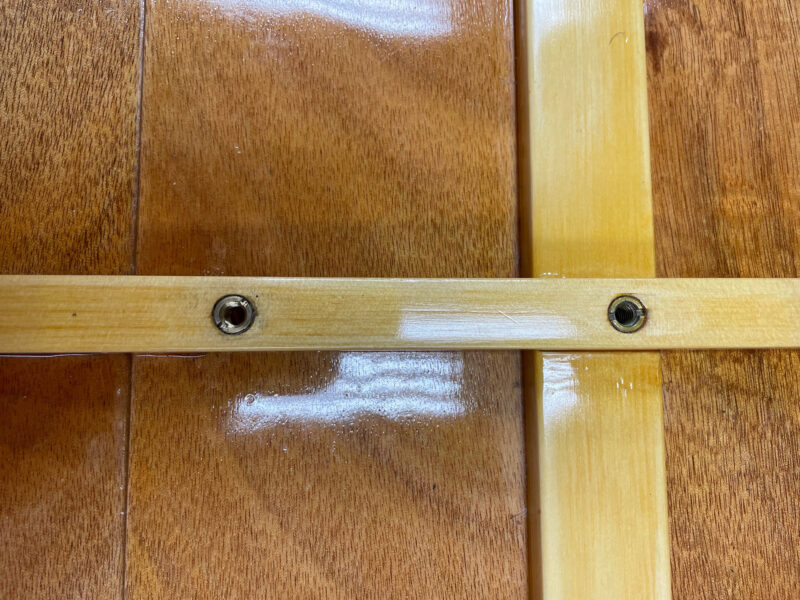 Photographs by the author
Photographs by the author
Join The Conversation
We welcome your comments about this article. To include a photo with your remarks, click Choose File below the Comment box.

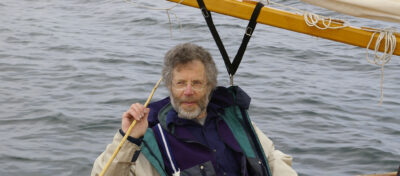
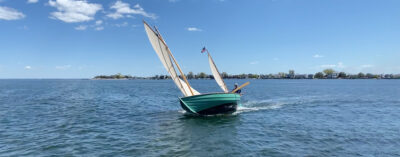
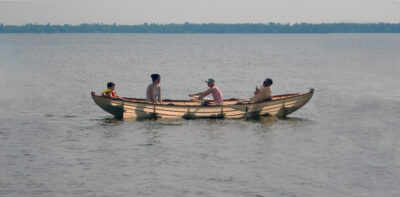

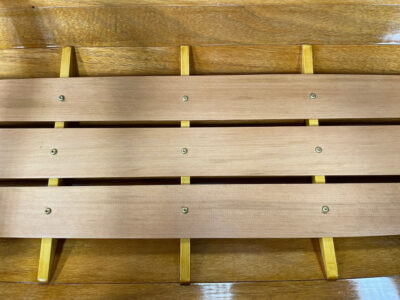
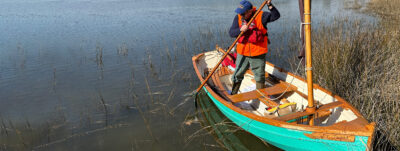

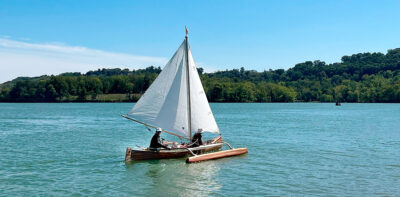

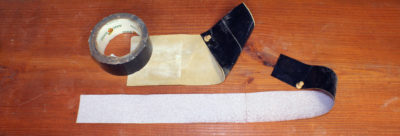
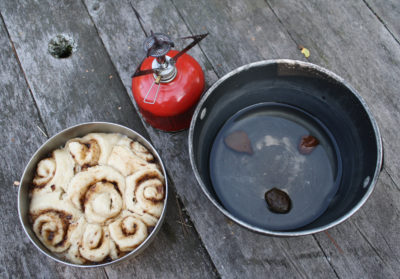
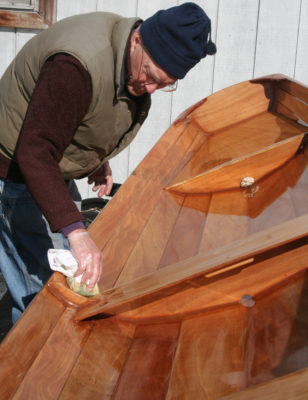
If you don’t mind adding the step of countersinking, McMaster-Carr carries flat head brass screws. Currently $14 for 25 1″ 1/4-20.
The countersinking allows the screw heads to be completely flush with the flooring.
Nice helpful article and great photos showing how. This could come in handy if we decide we want floorboards on the Wyman 13s, which is sort of a design-as-you-go project.
I find a magnet is the fastest way to tell if steel is under that nice brass coating. Quality stainless steel is also not magnetic.
I’m just starting into a kayak build, but as I look ahead, I think I might try these inserts. I will probably use sidewalk bolts, as I like their large area and low profile. They are available in 18-8 SS.
Over the very long haul, anything into the ribs or floors weakens them. I like my floorboards to be able to be removable which is more work. The inserts are kind of a compromise, makes it possible to pull them for maintenance but still weakens ribs and floors.
To create machine screw threads in wood I have used the brass inserts, but if the boat is in saltwater the same type is available in stainless steel which should last longer. McMaster-Carr, of course, carries many types of threaded inserts, these are in 18-8.
It is best to avoid blind holes which trap water. Make through holes or drill limber holes from the side if possible.
If the back side of the mounting is accessible, I like to use stainless round-base weld nuts epoxied in. These are like tiny T-nuts, but without the prongs which do not work so well in hard woods. They have very high pull-out strength.
I painted the back of the flanges a copper color and used these in 8-32 to back up machine-screw snaps for a dodger and tent:
I recently used brass threaded inserts, along with flat-head, slotted silicon-bronze machine screws to secure the new cockpit sole on my vintage runabout restoration. Concerned with the possibility of standing water, like Mr. Thompson recommended, I used a through-hole pilot for the inserts. I was reasonably satisfied with the profile of silicon bronze finish washers to spread the load of the machine screws. Not two weeks later, I saw Fair Wind Fasteners offers Silicon Bronze Flush Countersunk Washers. They look very nice and would have allowed a completely flush installation. Maybe next time. The good news is I have taken up portions of the sole multiple times, as I finish out the restoration; the removal and reinstallation is a breeze with this technique.
A couple of suggestions: Use flat or oval head screws with countersunk washers (McMaster has these). Lee Valley sells countersunk washers that are actually counterbored into the substrate, so they don’t protrude. Both help resist splitting. Both seem like they’d be somewhat easier underfoot.
McMaster Carr also sells what they call “sidewalk bolts“. They have a large diameter, low profile slotted head. I haven’t used them in a boat yet, but I find them handy to have around the shop for other projects.